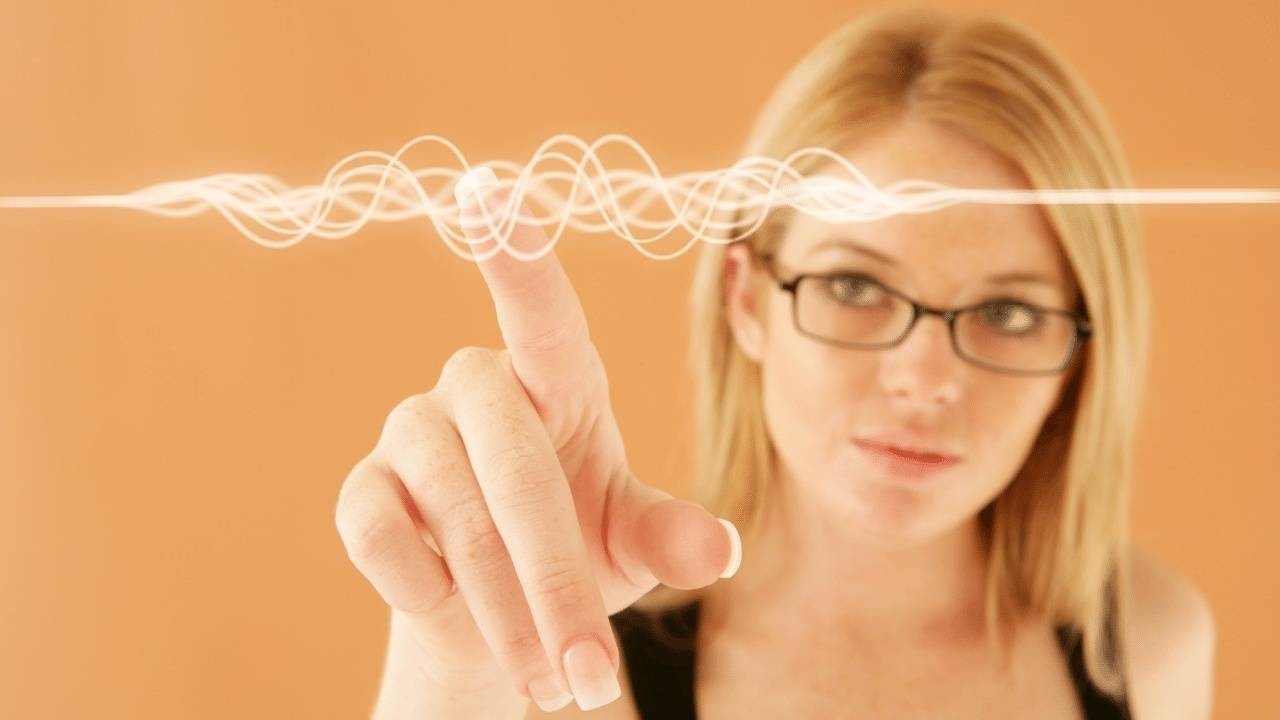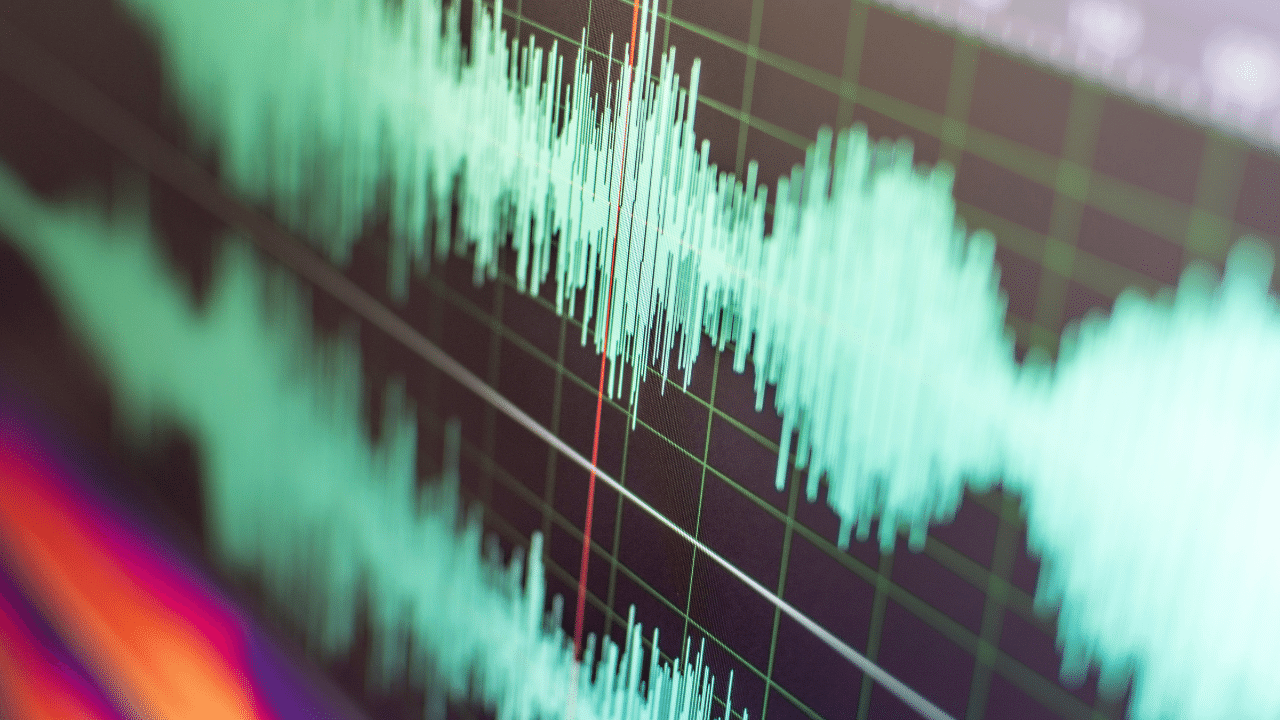How does Sound Work? Energy, Frequency & Vibration

Sound is everywhere: in the air, on the streets, and in our heads. It’s easy to take sound for granted — after all, we hear it every day. The human ear only hears frequencies between 20Hz and 20kHz. That means there are many sounds beyond what a human can hear. Animals, insects, wind, water, and machinery create a variety of sounds that aren’t audible to humans. When these sounds oscillate between their positive and negative polarity extremes, they create vibrations that ring out like the water in a pond after a pebble is dropped into the water. These vibrations can be felt as sound. Sounds generate an emotional response in people through two main mechanisms: direct stimulation of sensory organs and the release of hormones by the brain (called neuroendocrine responses). Music is also an indirect source of sound because it produces natural resonance when played by percussive instruments such as drums and wind chimes or stringed instruments such as guitars or pianos.
'If you want to find the secrets of the Universe, think in terms of energy, frequency and vibration.' - Nikola Tesla

Vibration
The sound waves that travel through the air, ground, and world create vibrations, which can be felt by human beings. This is why we often hear sounds in our surroundings even when they appear to be quiet. Vibration also affects the objects around us. When we bump or tap something with our hands, this creates a vibration that we can feel. When sound vibrates on our body's surface, it creates pressure changes in the skin and surrounding tissue, which are interpreted by neurons in the somatosensory cortex of our brain as touch from a different source. When you put your ear to an object or place it on your head so that you can hear what you're touching and feeling with your hand, you have created a point of contact between yourself and the object or space around you. Vibrations transmitted to your body through these points of contact are processed by your somatosensory cortex into tactile sensations like pressure.

Frequency
The frequency of a sound is the number of vibrations per second. The speed at which these vibrations are produced can be measured in Hertz (Hz) or hertz. For example, if there are 100 pulses per second, the frequency is 100 Hz. The vibration of waves depends on two things: amplitude and period. Amplitude is the height or how high up the energy moves during one cycle. Period refers to how long it takes for one full cycle to complete. Lower frequencies have a longer wavelength which is the physical length of a cycle.
Energy
The definition of sound energy is "the energy of a sound wave that travels through a medium". Sound waves travel through the air, which is made up of molecules that vibrate. These sound waves move by displacing the molecules in their path. As they move, they transfer energy and momentum from one molecule to another; this causes them to compress and rarefy the air on either side of the sound wave. The molecules then re-emit the energy as a new sound wave or are changed into other forms of energy, like electrical pulses in wires or air pressure from a speaker or headphone driver. The electrical voltage level is measured in dB or decibels and the loudness of the sound pressure level is measured in dB SPL.

Instruments
Musical instruments and vocal cords also produce sounds by vibrating and creating sound waves that move through the air. Strings on guitars, bass guitars and pianos are strung with tension across a resonant chamber. When the strings of a guitar are plucked with fingers or a plectrum (or guitar pick) they vibrate at the note determined by the distance between fret position and the fixed position at the other end. Pianos have strings that are tuned for each possible note across a few octaves. Drums have skins pulled across their resonant chambers and hitting the skin cause the vibration and sympathetic resonance.
Sound Recording
We capture these sound vibrations digitally with a DAW by converting audio that has been captured with a microphone, or magnetic pickup, and converted into digital signals via the A/D (analog to digital) converter in an audio interface. After the sound has been converted to digital we can save, copy, paste and otherwise edit and manipulate the digitized sound. The microphone or magnetic pickup converts air pressure into voltage and the A/D converter converts the voltage into digital data in the form of zeros and ones. A transducer is anything that changes one form of energy into another form - like the microphone, pickup, the A/D and D/A converters or even a speaker. Capturing these sonic vibrations requires a chain of transducers that go from sounds in nature, into electrical pulses, into digital, back to electrical pulses and finally back to sound waves picked up by our ears.
Conclusion. The sounds of nature vibrate at speeds known as frequencies, at varying voltage and sound pressure levels, and can be captured and converted into digital for editing and storage.

Futch - Music Production Coach, Ableton Certified Trainer





